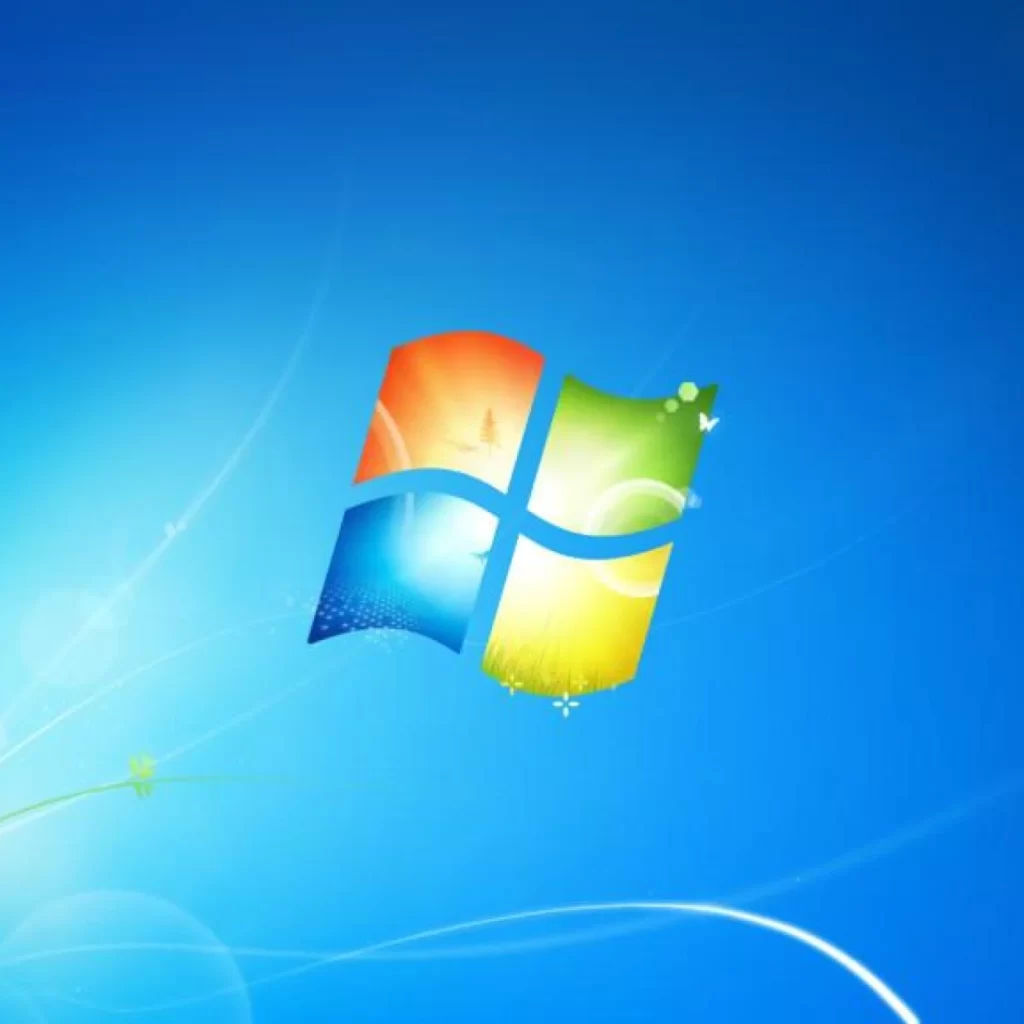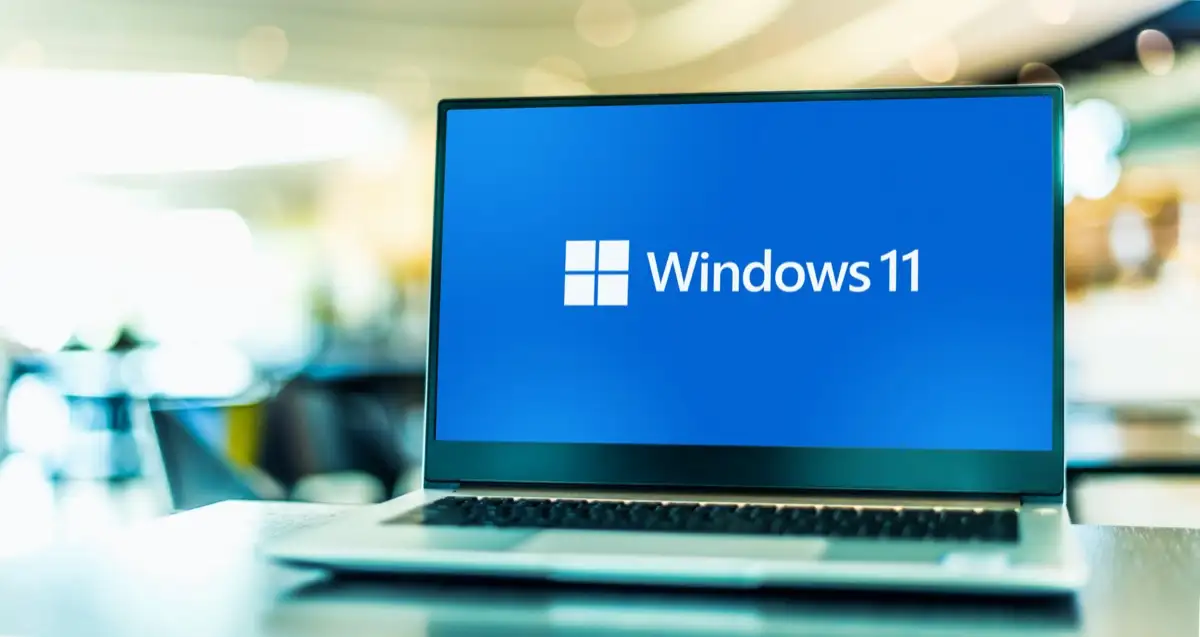How to Analyze the History of Windows Operating Systems

How to Analyze the History of Windows Operating Systems? Regarding personal computing, Windows Operating Systems (OS) have influenced the digital environment. Since its humble origins, Microsoft Windows has developed, altering how users interact with their computers. This article delves into the comprehensive history of Windows OS, highlighting its major milestones, user interface changes, and its impact on the world of technology.
Early Windows Versions: Windows 1.0 to Windows ME
The journey of Windows began with the release of Windows 1.0 in 1985. It provided a graphical user interface (GUI) that was a significant departure from the command-line interfaces of the time. Subsequent versions like Windows 2.0 and 3.0 continued to refine the user experience. Windows 95 was a game-changer, introducing the iconic Start Menu and taskbar, while Windows 98 and Windows ME added further improvements to stability and multimedia capabilities.
Windows XP: A Game-Changer
Windows XP, released in 2001, marked a watershed moment in Windows history. It became one of the most beloved and widely used operating systems for its enhanced performance, stability, and user-friendly interface. Windows XP also introduced the iconic green hills desktop background, fondly etched in the memories of millions.
Windows Vista: The Controversial Release
Following the success of Windows XP, Microsoft released Windows Vista in 2007. However, it faced criticism for its demanding system requirements and compatibility issues with hardware and software. Despite its rocky start, Windows Vista laid the groundwork for future innovations.
Windows 7: A User-Favorite

Windows 7, launched in 2009, quickly gained popularity among users. It addressed many issues in Windows Vista and introduced new features like improved taskbar functionality, Aero Peek, and a streamlined user experience. Windows 7 became the go-to OS for many until its end of support in 2020.
Windows 8 and 8.1: A Shift in User Interface
Windows 8, released in 2012, brought a radical change in the user interface with the Start Screen’s introduction and the Start Menu’s removal. While this change was met with mixed reviews, Windows 8.1, a subsequent update, addressed some concerns and reinstated the Start Button.
Windows 10: The Modern Era

In 2015, Microsoft unveiled Windows 10, positioning it as the “last version of Windows.” It combined the best elements of Windows 7 and 8 while introducing new features like Cortana, the virtual assistant, and the Microsoft Edge browser. With continuous updates and support, Windows 10 became the most widely used OS globally.
Read More: Top 20 Best Shows on Apple TV+ Right Now In 2023
Windows 11: The Latest Innovation

Windows 11, the newest addition to the Windows family, was released in 2021. It brought a fresh, centered Start Menu, improved virtual desktops, and enhanced gaming capabilities with DirectX 12 Ultimate. Windows 11 introduced a more seamless integration with Microsoft Teams, focusing on productivity and collaboration.
The Impact of Windows Operating Systems

Throughout its history, Windows OS has profoundly impacted technology, business, and society. It paved the way for widespread computer usage, fueling the growth of the internet and the digital economy. Microsoft’s commitment to user experience and regular updates has kept Windows relevant and influential in the ever-changing tech landscape.
The Future of Windows
As technology continues to evolve, so will Windows. Microsoft is likely to continue innovating and refining the Windows experience. Cloud-based services, artificial intelligence, and mixed reality may see further integration into future Windows releases. The goal remains to provide users with a seamless, secure, and efficient computing experience.
Conclusion
Analyzing the history of Windows Operating Systems reveals a fascinating journey of continuous evolution and innovation. From its humble beginnings to the modern era of Windows 11, Microsoft’s flagship OS has shaped how we interact with computers and the digital world. With a legacy of influential releases and a commitment to user satisfaction, Windows will undoubtedly continue to play a central role in the future of personal computing.
FAQs:
Is Windows 11 a free upgrade for Windows 10 users?
Windows 11 was initially offered as a free upgrade to eligible Windows 10 users. However, eligibility criteria may vary based on hardware specifications.
Can I still use older versions of Windows?
While using older versions like Windows 7 or 8 is possible, it is not recommended due to security risks and lack of support.
Will my software and peripherals be compatible with the latest Windows version?
Windows strives to maintain compatibility, but some older software and peripherals may not work with the latest versions. It’s essential to check for compatibility before upgrading.
What is the lifespan of Windows support?
Microsoft typically provides ten years of support for each Windows version, including regular updates and security patches.
Can I revert to an older Windows version after upgrading?
After upgrading to a new Windows version, you can revert to the previous version within a limited time window. However, this option may only be available for some users.












One Comment